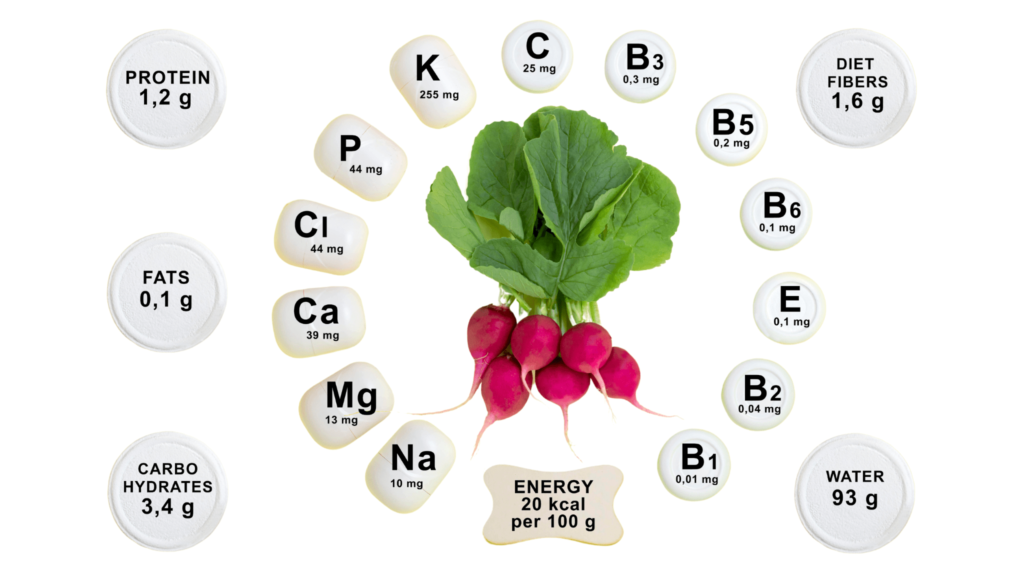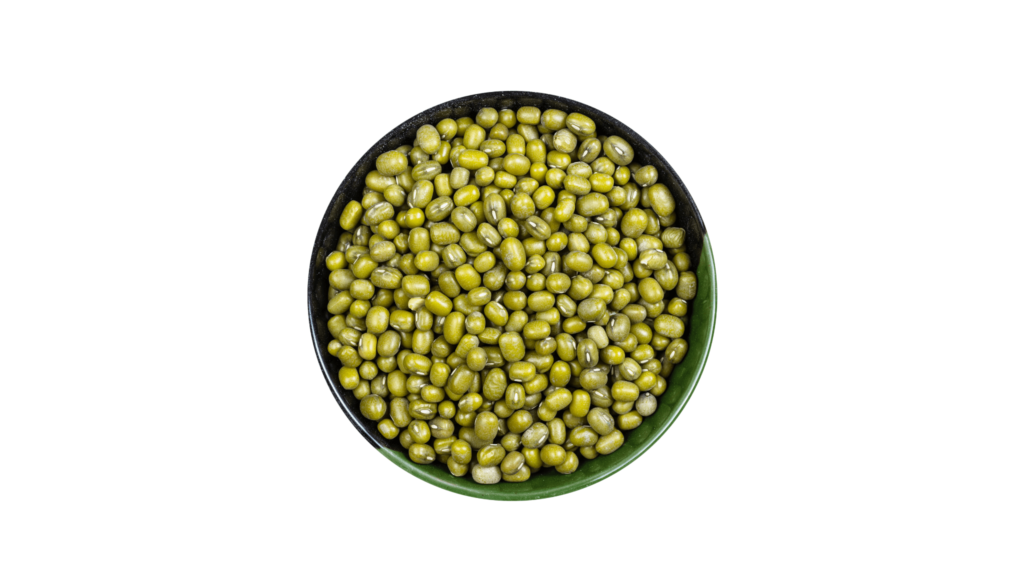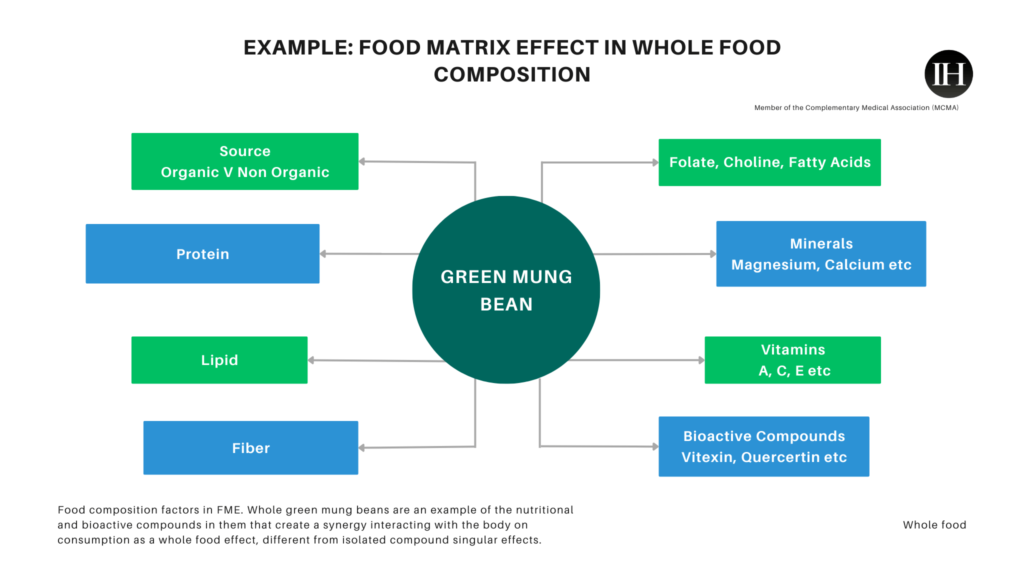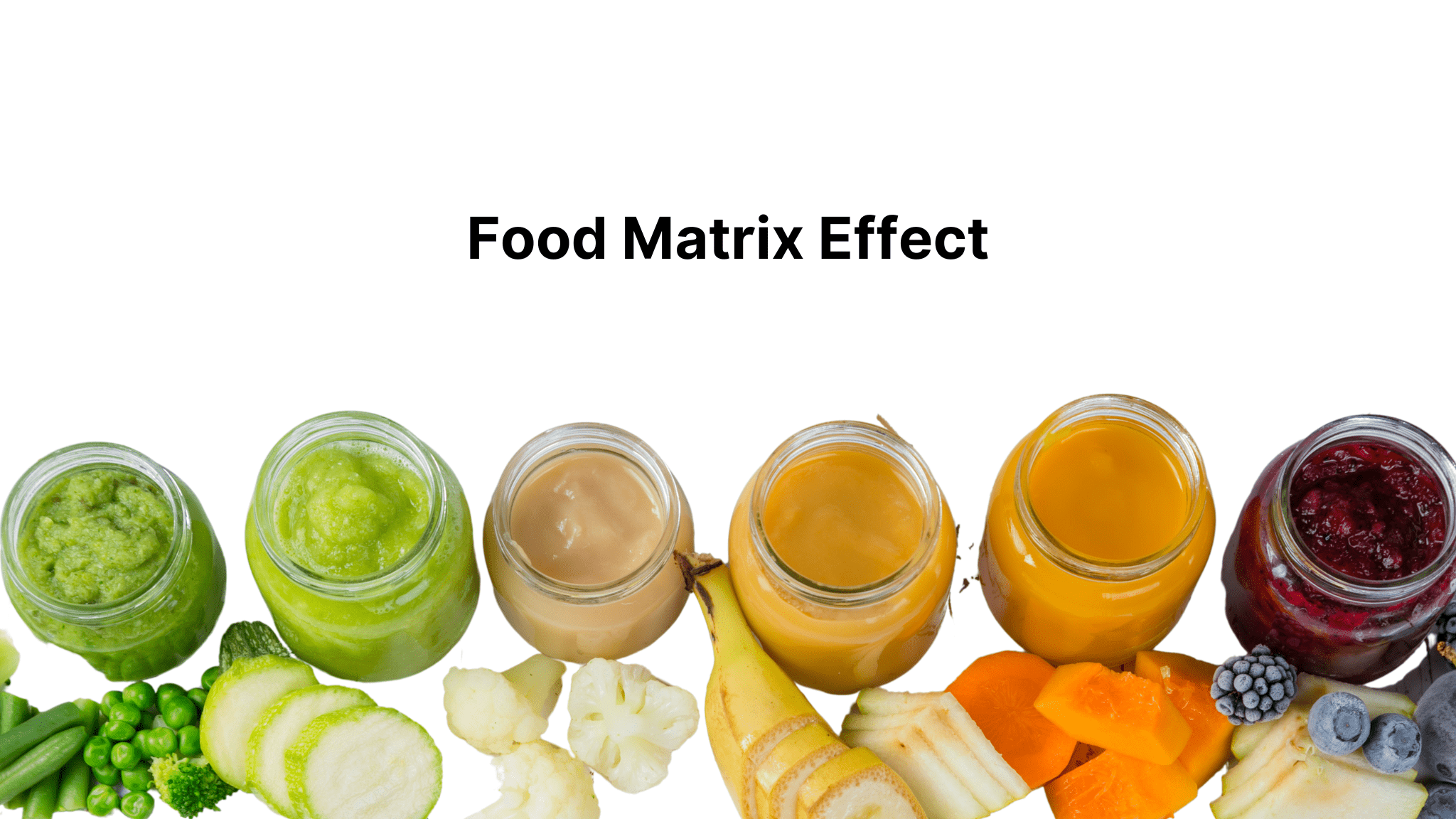Food Matrix Effect: Its Principles & Important Factors
The food matrix effect (known as food matrices) involves several factors surrounding whole foods. It also involves the quality of food and its molecular value.
It examines components such as food’s physical structure, source, micro components, presence of other nutrients, processing and cooking methods used, and interaction with the body once consumed.
It is a complex and comprehensive system that explains the relationship between whole food and its interaction with the body.
Several traditional sciences, such as Ayurveda, apply food matrix principles to dietary compositions to create an appropriate diet.
Key Points In this Article
This article provides an overview of the food matrix effect in the following points:
- The food matrix effect.
- Factors in the food matrix.
- Ayurvedic sciences and food matrix effect.
Food Matrix Effect
In their “statement of significance” (Miller et al., 2023), research suggests that “Historically, nutrition strategies aimed at mitigating metabolic diseases linked to suboptimal diets have targeted isolated nutrients such as fats; however, they overlook the complexity and importance of whole foods and food matrices and can lead to unintended consequences.”
They further define the food matrix as follows:
“The food matrix refers to not only the chemical and physical components of food but also their molecular relationships that affect how food is digested and metabolised.”
(Miller et al., 2023)
Food Matrix Effect & Scientific Background
The fundamental foundation of this phenomenon is the scientific relationship between whole food composition (physical and microstructure, as well as its source, processing methods, and consumption methods) and their interaction and influence on body biochemistry.

Factors In Food Matrix Effect
The factors considered in the matrix include the source of food, the composition of whole food, the processing and consumption of whole food, its bioavailability, and its interaction with body processes during consumption.
Here is some further detail:
- Food source: The cultivation of food and region, for instance, an organic or conventional source.
- Food composition: The type and amount of nutrients, fiber, and other bioactive compounds present in the food.
- Food processing: The method of food preparation, cooking, and packaging, which can affect the structure and bioavailability of nutrients.
- Food interactions: The way different components in a meal interact with each other, which can affect the absorption and metabolism of nutrients.
- Individual differences: Variations in gut microbiota, genetics, and other factors that can influence how a person responds to different foods.
- Health status: Whether the individual has any underlying health conditions or is taking any medications that can affect nutrient absorption or metabolism.

Whole Food “Synergy”
In addition to the above, the matrix is primarily attributed to the consumption of whole foods over isolated compounds or singular components.
This is because it recognises that whole foods’ physical structure and chemical composition play a critical role in providing several nutritional and therapeutic components that may be incomplete in isolated compounds.
Given this, it is the opposite of a reductionist approach to food, with whole-food synergy playing a pivotal role.
Types of Whole Foods
There are several types of whole foods. Whole foods can be from plant or animal sources and typically involve natural sources.
Here are some examples:
- Plant: lentils, vegetables, beans, leaves, seeds, fruits, etc
- Animal: milk, cheese, fats etc

An Example of food composition in food matrix effect: Green Mung Bean
For example, examining the food composition factor of whole foods. Take the green mung bean, for instance, and its “micro composition.”
The chart below is based on an organic source of mung bean and details several components present in the bean:

The chart depicts several macro and micronutrients in mung bean. Subsequently, the collective synergy of its components has a matrix effect.
Similarly, dietary effects typically involve nutritional and therapeutic actions.
Food Matrix In Ayurveda Sciences
Considering the traditional sciences such as Ayurveda, recognising how food affects the body has been a fundamental factor within its principles.
Several of Ayurveda’s principles involve factors in the food matrix, however the doshas are another aspect that Ayurvedic principles also factor in.
Furthermore, different food combinations are believed to affect the body’s doshas, or energies, in various ways, influencing digestive health, nutrient absorption, and overall well-being.
Ayurveda keeps dietary health as the precursor for overall well-being.

Importance of Food Matrix Effect
The food matrix effect is important for understanding an appropriate diet and how nutrients can be optimised for consumption.
- The food matrix can have a significant impact on how our bodies digest and absorb nutrients from food.
- Some studies suggest that the food matrix can affect the bioavailability of certain nutrients, meaning that our bodies may have an easier or harder time accessing them depending on the food’s structure, how it’s prepared, or what it’s combined with.
- It can be helpful in obtaining a healthy, nourishing and body-friendly diet.
This type of approach considers the importance of the total diet, allows the food matrix to remain intact, and avoids assigning good foods and bad foods on the basis of reductionist nutrition science, which can be counterproductive and lead to unintended consequences such as consumer confusion, food avoidance, and malnutrition
(Miller et al., 2023)
Summary
In summary, the food matrix involves whole foods, its synergistic effects when they interact with the body. There are several parameters that are considered in the effect of food matrix.
For instance, the origin and region, food composition, physical and internal microstructure, bioavailability, processing and cooking methods, and the food’s interaction with the body.
As (Miller et al., 2023) suggest isolated compounds can overlook the important synergy of a whole food. Therefore in view of a nourishing and body-friendly diet, the food matrix effect is a crucial system.
When applied in diet, it may provide nutritional and therapeutic insights that may not be present in isolated sources. As the focus grows on good nutrition, it plays a pivotal role and should be taken into account.
Lastly, whole foods can also be preventative and nutritionally rich because of their comprehensive components.
Precautions
It is essential to seek professional guidance before altering your diet and to check if any diet or wellness routine is appropriate for someone who is pregnant, allergic, or has chronic health concerns.
This is an informational post only and does not constitute professional advice.
Informational Video: Food Matrix Effect In Holistic Diet
References & online sources
- Miller, G. D., Ragalie-Carr, J., & Torres-Gonzalez, M. (2023). Perspective: Seeing the Forest Through the Trees: The Importance of Food Matrix in Diet Quality and Human Health. Advances in Nutrition, 14(3), 363-365. https://doi.org/10.1016/j.advnut.2023.03.005
- Forde, C. G., & Bolhuis, D. (2022). Interrelations Between Food Form, Texture, and Matrix Influence Energy Intake and Metabolic Responses. Current Nutrition Reports, 11(2), 124-132. https://doi.org/10.1007/s13668-022-00413-4
- MCMA, MA. Hunjan, G. G. InteGratiiveHealth.
- Shahidi, Fereidoon, and Yao Pan. “Influence of food matrix and food processing on the chemical interaction and bioaccessibility of dietary phytochemicals: A review.” Critical reviews in food science and nutrition vol. 62,23 (2022): 6421-6445. doi:10.1080/10408398.2021.1901650







